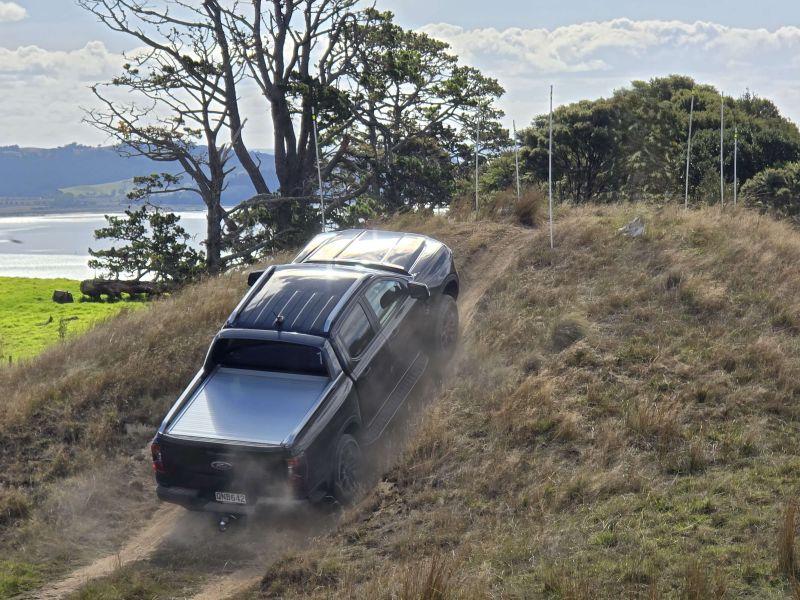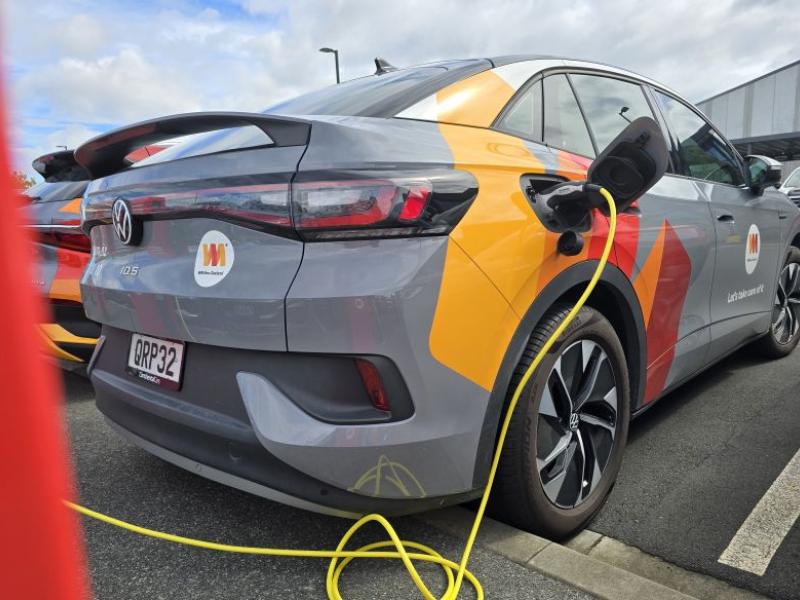You wouldn’t let an employee handle a chain saw without proper training. Yet there are many more deaths while driving on the job in New Zealand than there are from chain saw accidents – as many as one in three of total road fatalities – and not enough driver training.
Company managements have a responsibility to ensure their employees have a safe and healthy workplace, but how many realise that for many of their workers this extends to the motor vehicles they drive while on the job?
Driver training has been proven to save lives, and on a financial level, fewer accidents save downtime, cut repair costs, save on unnecessary duplication of staff (as in employing temporary staff to stand in for employees off work as a result of an accident), while proper training programmes can result in lower insurance premiums.
But it has to be the right sort of driver training.
According to Britain’s Royal Society for the Prevention of Accidents (RoSPA): “There is evidence that some driver training courses tend to concentrate on vehicle control skills and place too little emphasis on attitudes, behaviour, risk assessment, and hazard perception skills.”
And from a study done at the University of Turku in Finland (where they really understand the need for car control): “Efforts to make novice drivers drive more safely on slippery roads by means of special courses have mainly failed. In order to understand why the courses have failed, the views of instructors and students on the goals of skid training courses were compared.
“The importance given to anticipating vs manoeuvring skills was analysed. After completing a skid training course, students in four Nordic countries (Denmark, Finland, Norway and Sweden) assessed manoeuvring skills to be equally important to anticipating skills in the courses.
“However, instructors assessed anticipating skills to be more important than manoeuvring skills. The differences between the assessments of instructors and students were the same in all four countries.
“Manoeuvring exercises are widely used in the courses, although the main purpose of these courses is to develop anticipating skills. The exercises may give students the impression that manoeuvring skills are more important than anticipating skills.
“Manoeuvring exercises also increase their self-confidence and may lead to underestimation of the risks involved, resulting in, for example, driving at higher speed.”
So what’s the answer?
Well, it’s highlighted in the Finnish study: the main purpose of a driving course should be to develop anticipating skills.
And the latest safe driving bulletin from Australia’s fleet services Innovation Group - which is circulated to fleet managers here and in Australia – points to the driver’s attitude as a problem area.
“When an employee is required to drive due to the nature of their role, a lax management attitude on driver safety can have a profound impact on their driving behaviour,” says the bulletin.
And Mary Williams, director of road safety organisation Brake, and a leading UK spokesperson on fleet driver safety, sums up the approach of management towards the safety of their drivers as:
“A growing mood of intolerance that is developing towards 'sloppy management' of fleets which risks the lives of employees through a complacent attitude to safety.”
And she says it’s time for a change to the lack of interest many fleets show towards safety issues, including driver training.
The underlining theme of a recent presentation Mary made to the Institute of Mechanical Engineers in London, suggests that businesses need to reach a balance between emphasising the financial imperatives to their employees (who require the use of motor vehicle as part of their employment), and the importance of road safety.
“Successful businesses owe a lot of their success to how well their management communicates information to their employees when it comes to financial goals, and the same should apply to the road safety attitudes their employees should adopt”, she says.
“The message needs to be supported by an appropriate policy and mandated, conveying a mind-set which aims to minimise risks at all times, through the appropriate attitude.”
Ms Williams has worked with Dr. Will Murray, research director at leading road safety company Interactive Driving Systems. Dr Murray has been involved in a number of studies of driving conditions and safety in New Zealand.
There are three main areas of driver training currently in place – behind the wheel (BTW) training, computer-based programmes, including online, and simulators.
Dr Murray questions the effectiveness of BTW training when used exclusively to improve car control skills, and says practical training needs to be focused on developing the desirable attitudes and behaviour of drivers who are at risk.
“In light of such criticism from researchers, and because of industry feedback, many BTW trainers have expanded their programmes to focus on wider issues such as fleet reviews, risk assessment, management policy and driver handbooks,” he says.
However, he concedes that training to cope with difficult conditions, such as mud or ice, remains important for drivers who have to deal with such conditions on a regular basis, such as forestry workers, first responders, and the like.
Although there has been some criticism of computer-based systems, Dr Murray favours this area of driver training, and has been involved with research and development of such a system in New Zealand, Interactive Driving Systems’ Virtual Risk Manager. See www.virtualriskmanager.net/nzacc for more details.
However he stresses that these systems should be used as the basis for an holistic approach to risk assessment, management and training.
The third area of training, the use of simulators, is constantly growing, particularly in highly specialised, expensive, or dangerous training.
Simulators also have potential for more basic training, says Dr Murray, but there are limitations – on the number of people who can be trained at a time, high capital and fixed costs, and the need for trainees to have to go to a static simulator (although some simulators can be taken to the workplace).
He says that no matter what programmes a company finally chooses, it is important for organisations considering driver training to have an effective risk management process in place, shaped by a detailed understanding of the costs and risks involved.






